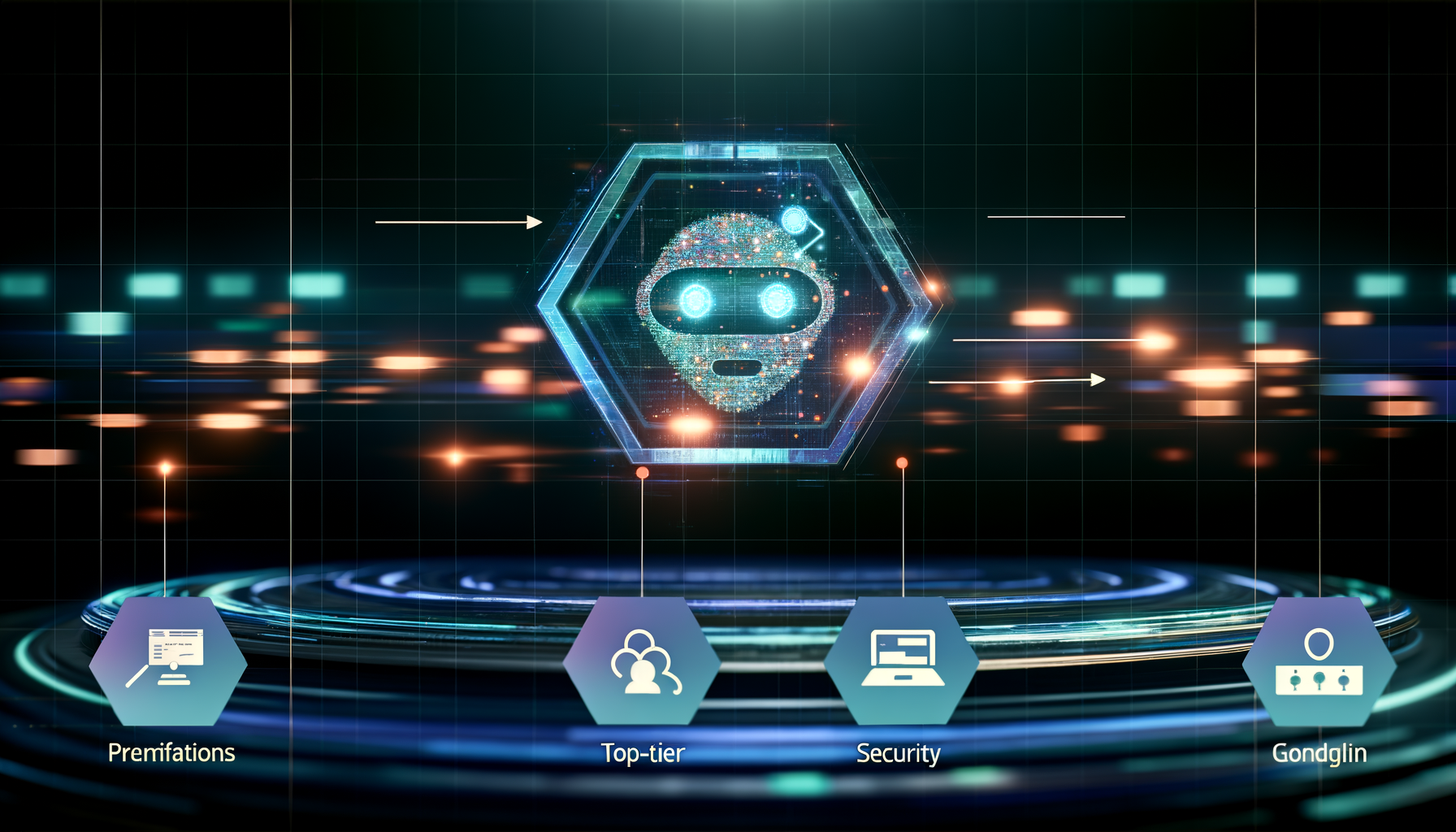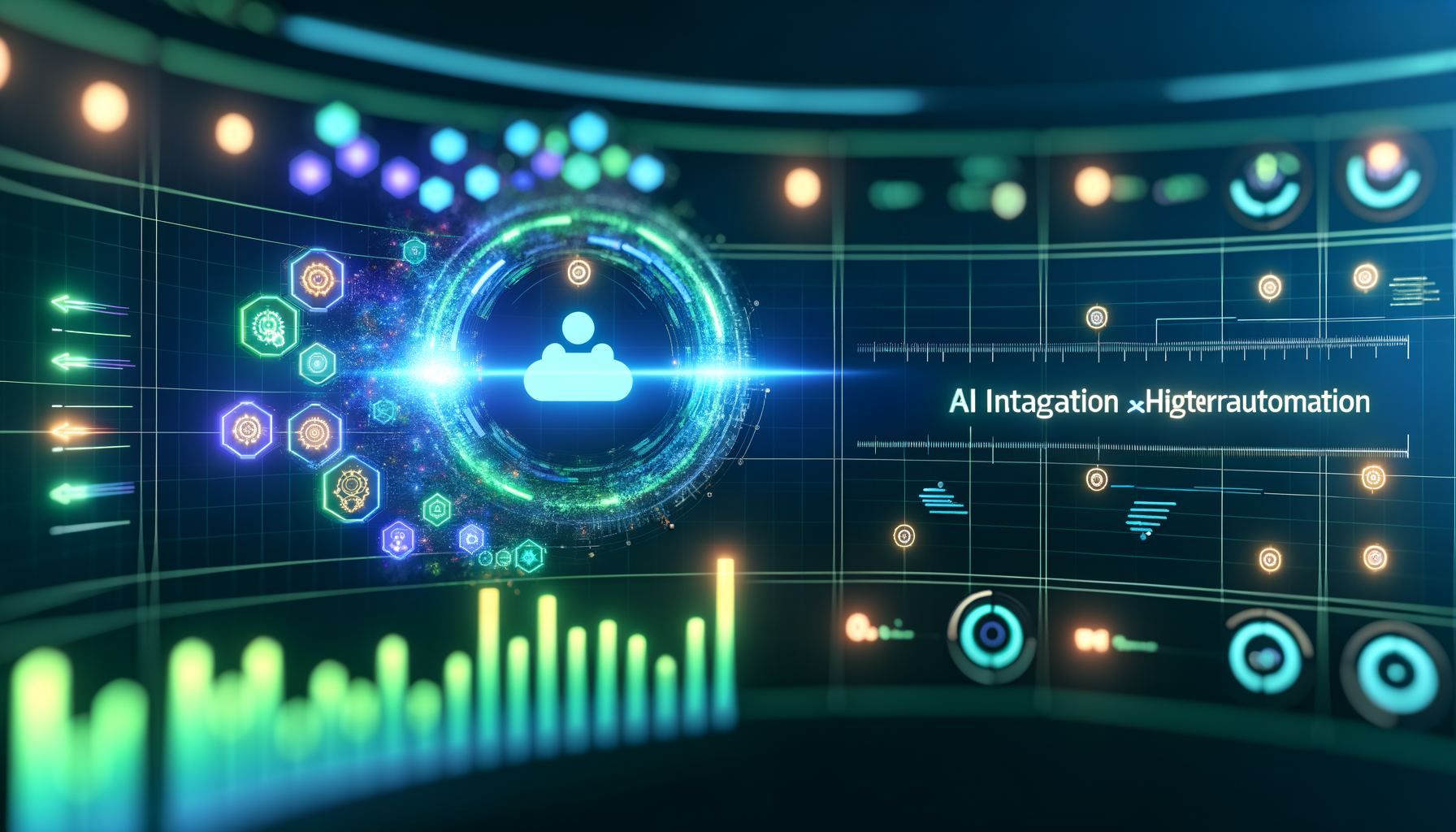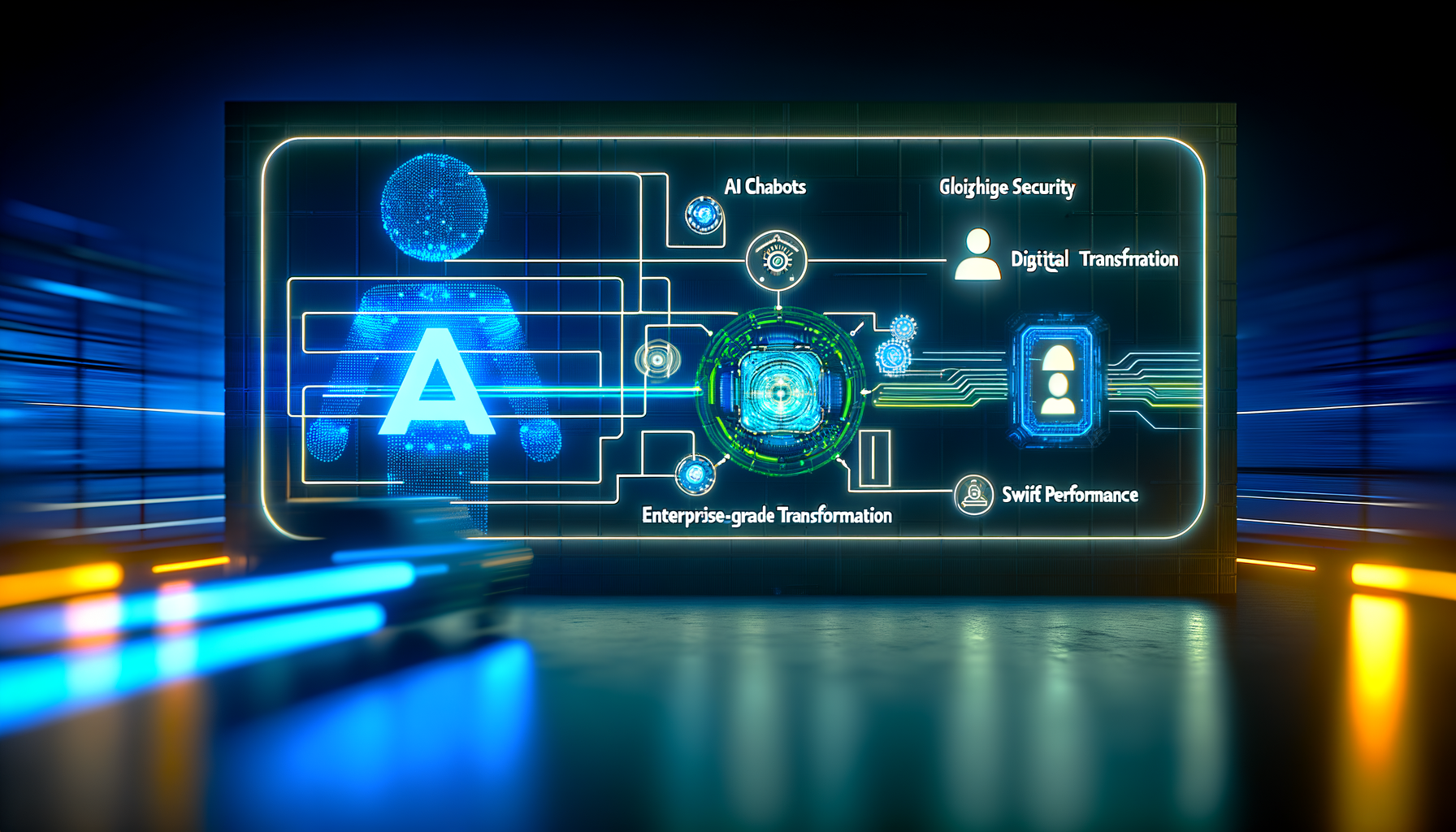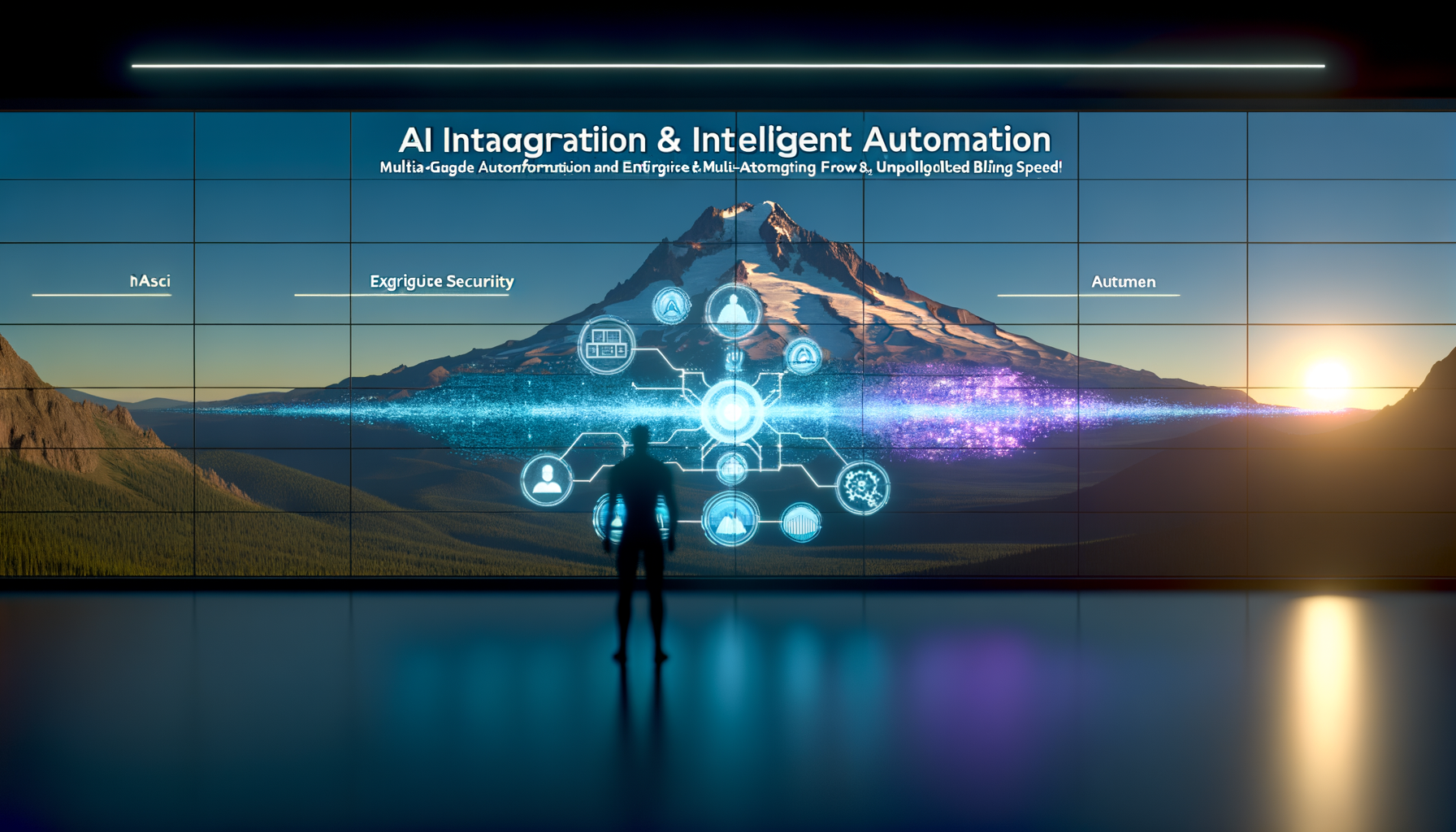Are legacy systems stunting your growth? With AI integration forecasted to contribute over $15 trillion to the global economy by 2030, the time to pivot is now. In this guide, discover how AI-powered automation can seamlessly modernize your operations and secure a competitive edge.
Understanding AI Integration

Tech team collaborating on AI integration strategy.
AI integration serves as the backbone of digital transformation, enabling systems to work smarter, not harder. By weaving AI into your existing infrastructure, you enhance both efficiency and scalability.
Consider AI the digital conductor of your enterprise symphony—harmonizing data, automating routine tasks, and uncovering insights previously hidden.
The Pacific Northwest's thriving tech ecosystem provides a fertile ground for innovation, with AI integration leading the charge in modernizing business operations.
CALLOUT
AI integration can reduce operational costs by up to 30% (source: McKinsey, 2023).
Step-by-Step Guide to Intelligent Automation

Diagram illustrating steps in intelligent automation.
Intelligent automation combines AI with robotic process automation (RPA) to streamline complex workflows. Here's how to get started:
1. Identify repetitive processes ripe for automation. 2. Deploy AI tools to analyze data for actionable insights. 3. Implement RPA to handle routine tasks, freeing human resources for strategic roles.
By methodically integrating intelligent automation, businesses can expect a significant uptick in productivity and ROI.
LIST
- •Identify processes
- •Deploy AI tools
- •Implement RPA
Hyperautomation Strategies for 2025

Graph showing increased efficiency from hyperautomation.
Hyperautomation extends beyond automating tasks; it orchestrates a comprehensive automation strategy across an enterprise.
Embrace hyperautomation by leveraging machine learning, AI analytics, and multi-agent systems to create an end-to-end automated ecosystem.
This approach not only boosts operational efficiency but also enhances customer experiences by providing faster, more reliable service.
QUOTE
Hyperautomation is not a trend—it's a business imperative. - Gartner, 2023
Agentic AI: The Future of Business Processes

Illustration of agentic AI in a business scenario.
Agentic AI is reshaping the landscape of business processes by introducing adaptive, decision-making capabilities into systems.
Unlike traditional AI, agentic AI can autonomously adjust its actions based on predefined objectives, significantly enhancing operational agility.
Businesses that adopt agentic AI can expect faster adaptation to market changes, giving them a critical edge.
CALLOUT
By 2025, 50% of new business applications will use agentic AI.
Security and Compliance in AI Deployment

Diagram of an AI security framework.
Security is paramount in AI deployment, especially when dealing with sensitive data. Implementing robust security frameworks is non-negotiable.
Ensure compliance with regulations such as GDPR and CCPA by adopting AI solutions with built-in compliance features.
Quicklook offers enterprise-grade security protocols to safeguard your AI systems, ensuring data integrity and privacy.
LIST
- •Implement security frameworks
- •Ensure compliance
- •Use enterprise-grade protocols
Frequently Asked Questions
QWhat are the key trends in AI integration and intelligent automation for 2025?
QHow can businesses effectively implement hyperautomation strategies?
QWhat role does agentic AI play in modern business processes?
Conclusion
AI integration and intelligent automation are not just buzzwords—they're essential for future-proofing your business. By implementing these technologies, you can unlock new levels of efficiency and customer satisfaction.
Future Vision
As we move towards a more automated future, early adoption of AI tools will be the key differentiator for market leaders.
Schedule your AI audit with Quicklook.
